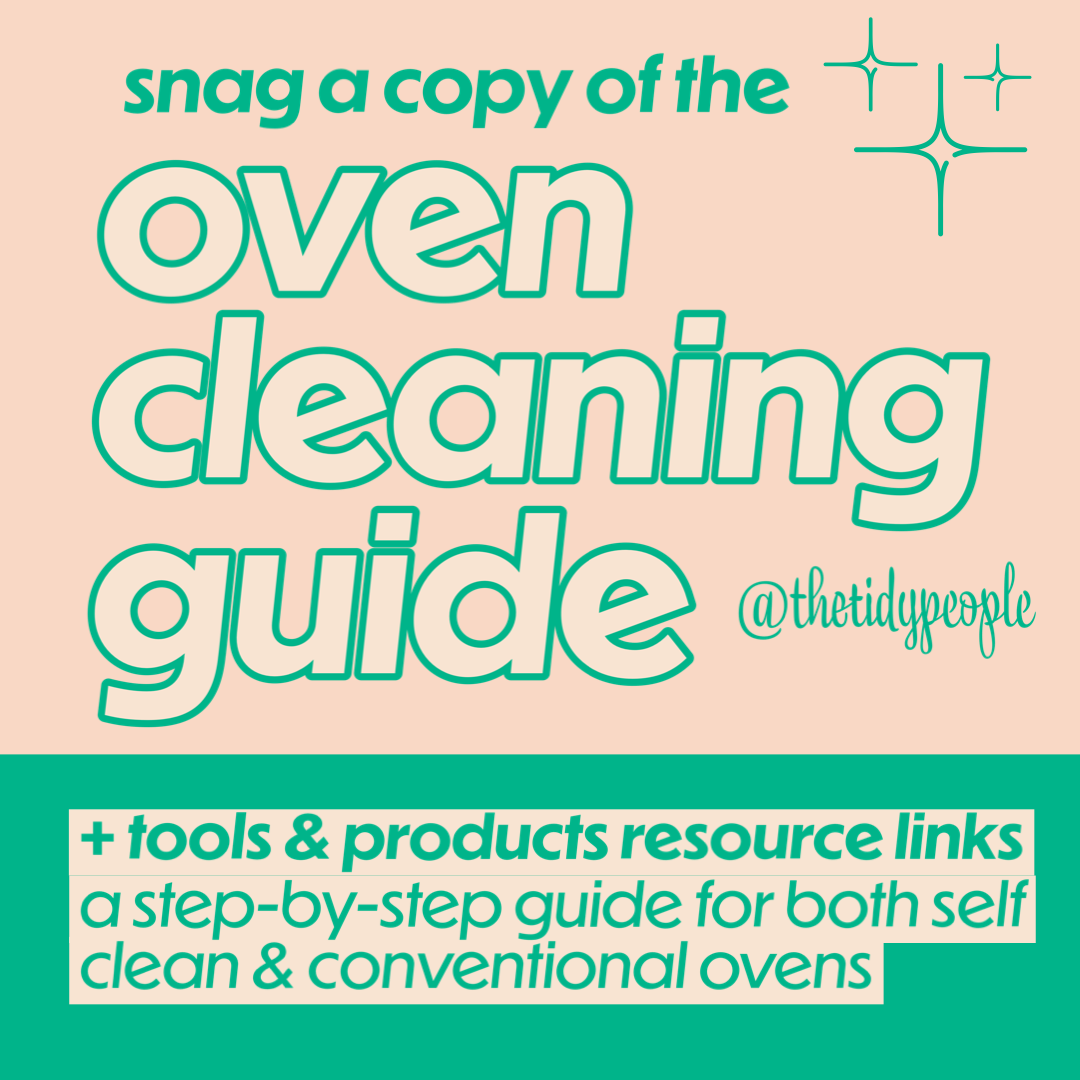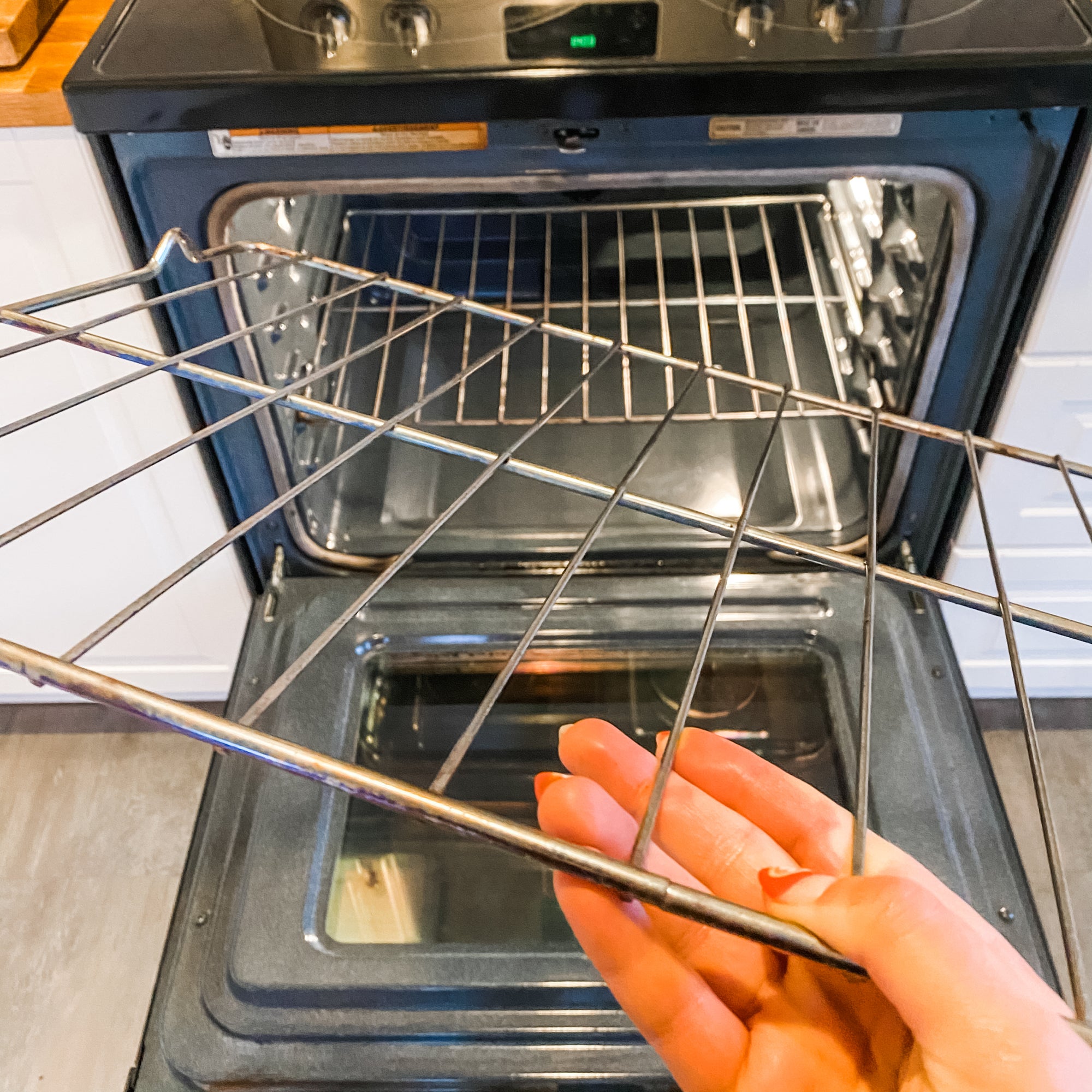Oven Cleaning Guide
Reclaim your oven & get back to cooking with this step-by-step oven cleaning guide
CLEAN YOUR OVEN WITH THIS TRIED AND TRUE METHOD USED BY THOSE IN THE PROFESSIONAL CLEANING INDUSTRY.
Snag this oven cleaning guide with instructions for both self clean & conventional ovens. includes photos & detailed descriptions in 19 pages.
What’s Inside
✅ Detailed instructions on how to use the self-clean cycle on an oven.
✅ Links to products & tools you need to gather to get the job done.
✅ Recommended oven cleaning maintenance schedule and time estimates.
✅ Step-by-step process with images and easy to read information.
✅ A tried and true cleaning process used by cleaning professionals to clean thousands of homes in the cleaning Industry.
✅ A 19 page PDF guide that breaks down the entire process for you for both the self clean cycle + cleanup afterwards AND conventional oven cleaning instructions.
✅ While we opt for eco friendly products when possible, we use Easy Off ‘Fume Free’ oven cleaner for this cleaning process. We have a list of alternative options for those who prefer to not use chemical cleaners.
All digital assets are non-refundable.
Due to the nature of digital products, this product is final sale.


